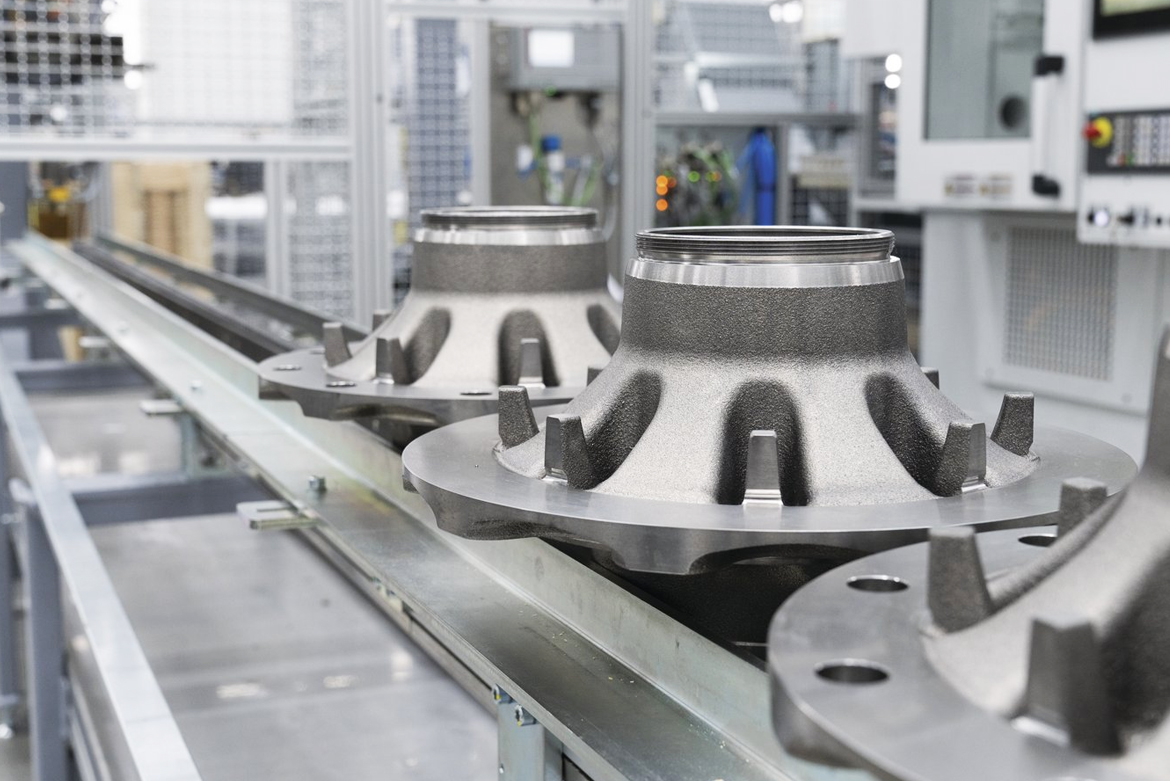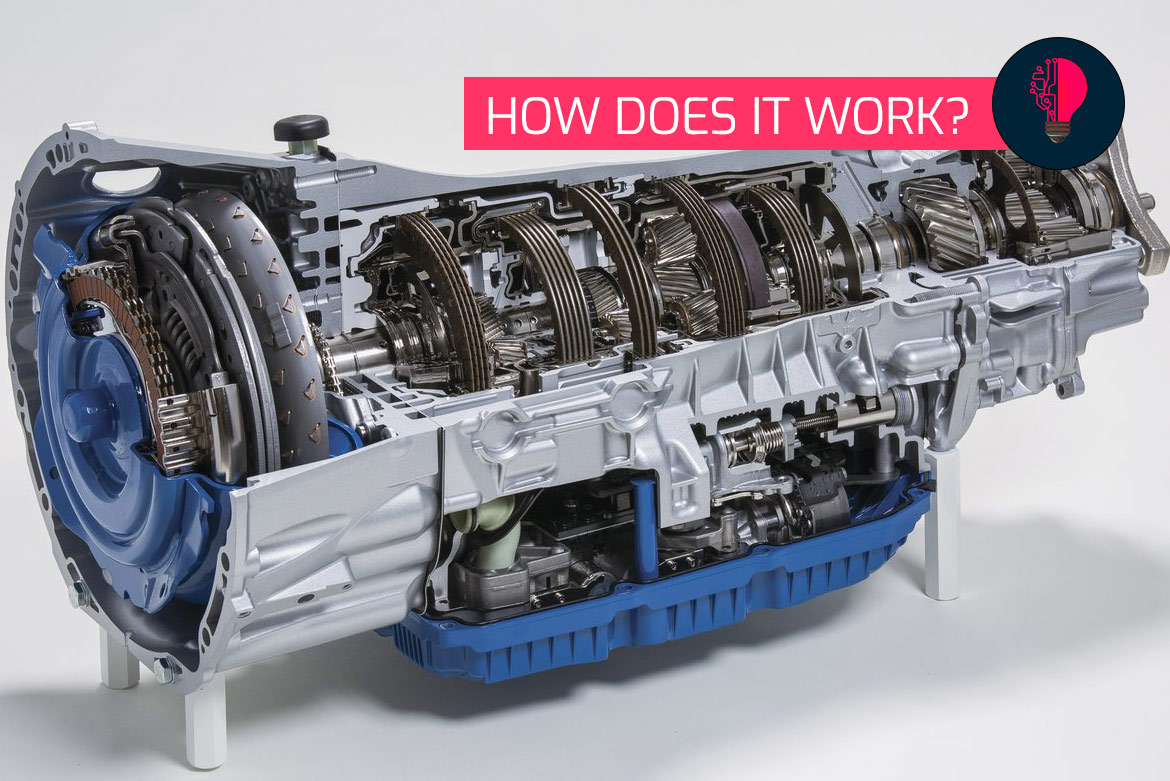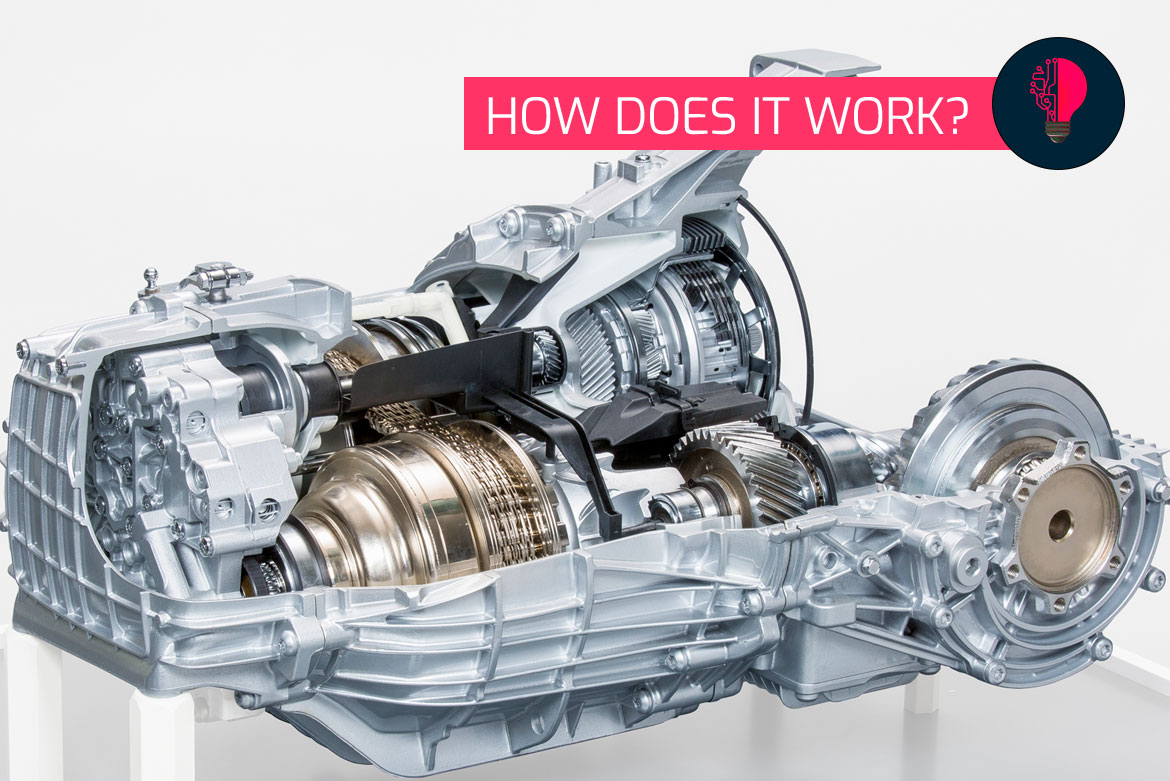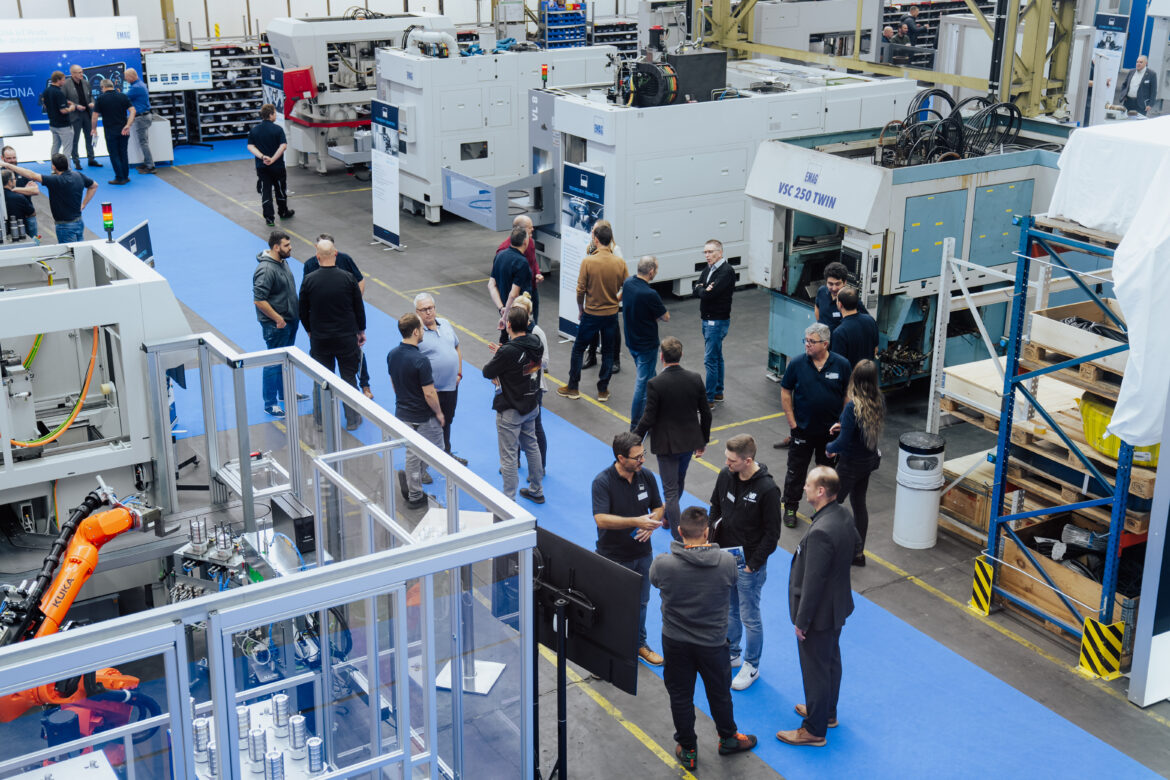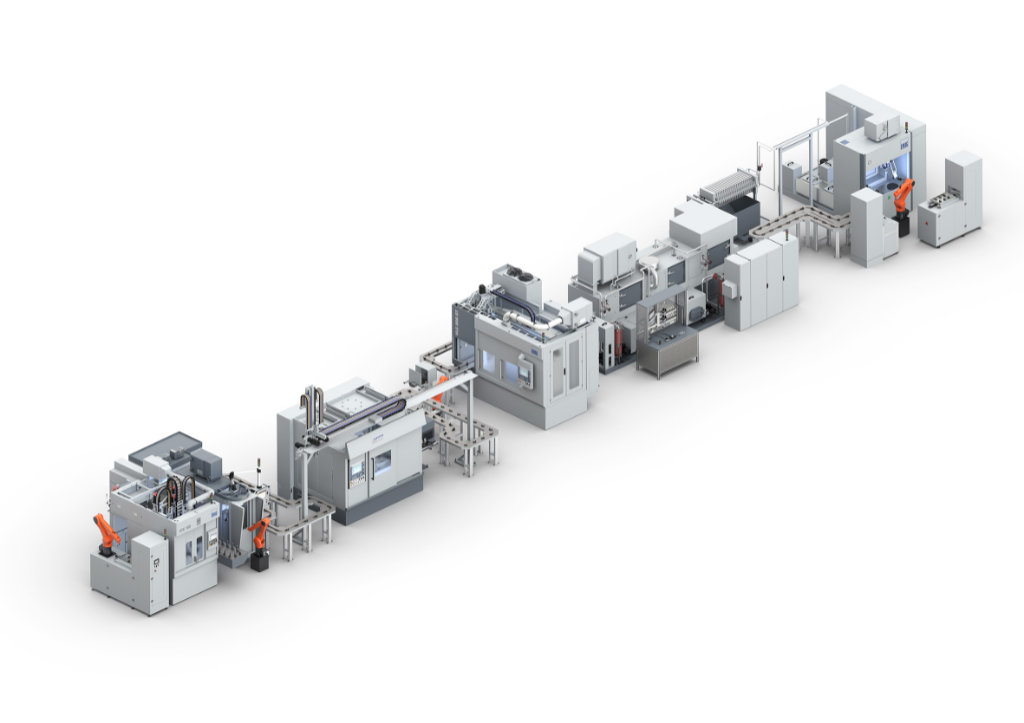High precision, fast processes, small footprint – the VSC 500 and VSC 500 DUO vertical pick-up machines ensure efficiency in the machining of large components, such as those required in the commercial vehicle sector. They load themselves and then start complete-machining in a single setup or two setups (DUO).
Manufacturing Systems
Planetary gears have been around for over 200 years – the first one was used in a steam engine at the beginning of the 19th century. The technology is still indispensable in cars, for example. What distinguishes the whole thing in detail and what are the differences in design?
The integration of robot technology into manufacturing processes is playing an increasingly important role in the modern industrial landscape. Jan Gotthold, Product Manager at EMAG Maschinenfabrik, provides an exciting insight into this area. Using EMAG’s drive shaft production line as an example, he demonstrates the key benefits of this technology.
The forces in a transmission are not always transmitted with the help of gears. There are exceptions, such as the CVT transmission, in which a steel belt or a multi-plate chain moves on conical pulleys. We explain exactly how this works here. There is also some interesting information about this invention, which dates back to the 19th century.
There is no “one” big lever that can be used to improve the energy efficiency of machine tools. Instead, it is important to take a holistic view of all energy flows and that is EMAG’s approach, which the specialists apply to every new development as well as to the retrofitting of older machines. In conversation with Konrad Heimbach, Lead Engineer Energy Efficiency, it becomes clear that even relatively simple measures can massively reduce energy consumption.
During the Open House Retrofit at the Eislingen plant, EMAG presented the future of industrial machine modernization. Visitors had the opportunity to experience the latest technologies and retrofit solutions at first hand.
As a mechanical engineering company, EMAG is making an important contribution to establishing electromobility: The specialists are developing the production technology that can manufacture central components of the electric motor – on a turnkey basis. A new production line for the rotor shaft of electric cars used by a German components supplier illustrates their approach. The solution was delivered at the end of last year. Here we have a conversation with Andreas Bucher, Key Account Manager at EMAG, and Michael Ihring from EMAG Systems about the reasons for this cooperation.
Whenever containers are lifted by trucks, large excavator shovels are swiveled or heavy containers are tilted at production plants, powerful rotary drives are to thank! The number of application examples for this technology is almost unlimited. As market leader in this sector, HKS Dreh-Antriebe GmbH with headquarters in Wächtersbach, Hesse relies on vertical hobbing machines from EMAG Richardon – major gearing is created with their help. These specialists have recently acquired a new machine of this type for their production site in Neukirch, Saxony. In the following interview, HKS Production Manager Mario Vogt explains why they made this investment decision and what technological challenges stand out in this process.
High-strength materials, complex geometries, large unit volumes—the production of turbocharger shafts is one of the most challenging tasks in automotive manufacturing. With its new turn-key production system, EMAG has developed a holistic and complete solution. How exactly does it work?
One aspect that is often left out of the discussions about e-mobility is the corresponding transformation in car production: Planners must establish new solutions that enable efficient and holistic manufacturing of “e-components” in significantly higher unit volumes. EMAG Systems is prepared for this!
